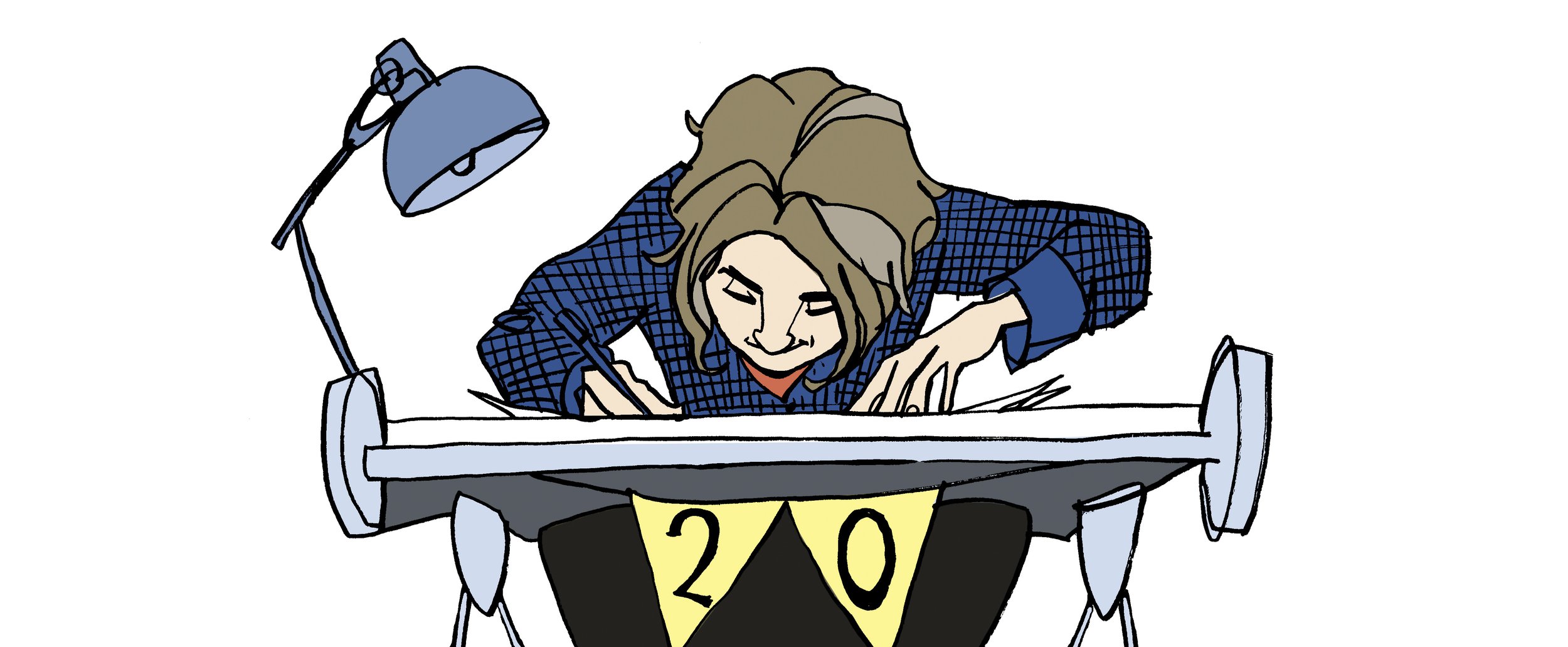Cover illustrations can range from the complex, lots of characters and things going on in a active environment to the simple, an object or person. The focus when illustrating the cover for Halloween Bandits was to capture some of the quirkiness of character in a dynamic action piece. After creating the character concept illustrations the key to creating a really punchy image that would leap of the cover was to visualize the energy and movement by varying thickness of the line in ink loosely and quick by hand.
All my commissions are hand drawn illustrations I prefer the spontaneity of a hand rendered artwork, quirks and splatters of ink can add a lot of expression to an illustration. Pen and ink illustrations when got down on paper quickly can look very bold using different techniques and pens and brushes.
The Halloween Bandits Cover illustration. Hand drawn illustration in pen and ink.
For more samples including picture book illustrations, narrative and comic illustration or reluctant reader story artwork, please visit my illustration portfolio.
Illustrations are divided into three galleries.
Editorial illustration and advertising artwork.
Picture book illustrations.
Illustrated books which features illustrations for comic and older/reluctant reader illustration samples.



















